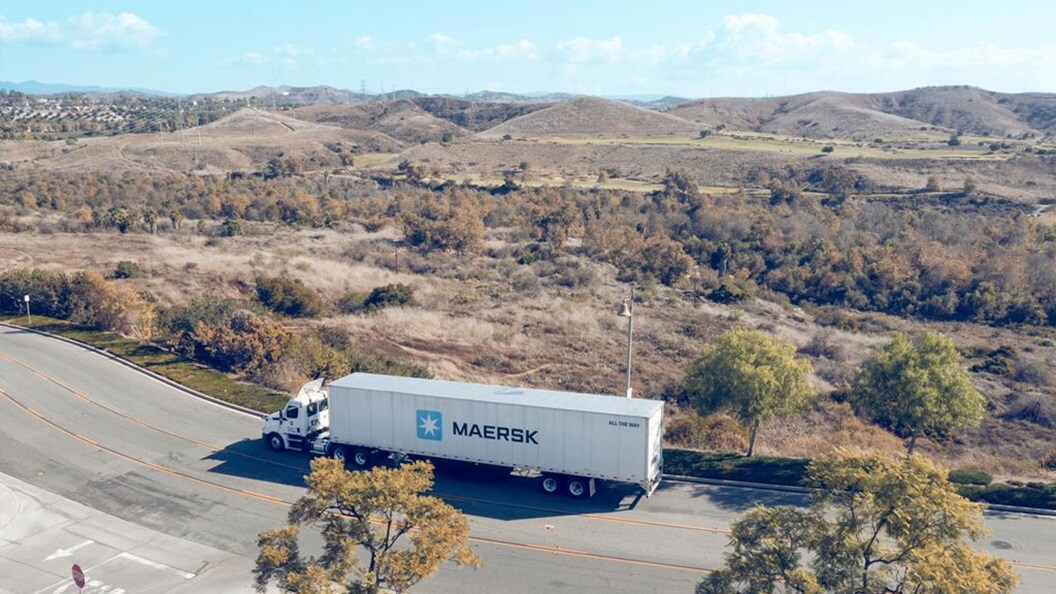As part of our commitment to provide you with the most up-to-date and relevant information on the logistics industry, we share our Market Update on the Latin American market.
You will find information and interesting data on the update of the state of the ports, the most important transport routes and relevant news.
We hope you'll find the following information helpful, as well as inspiring to boost your business and keep your cargo moving.
Topic of the month: Exploring supply chain resilience: The vital role of diversification
Driven by globalization and competitive business environments, supply chains face unprecedented challenges. From natural disasters to geopolitical tensions, disruptions can impact operations. Therefore, supply chain diversification has become one of the resilience actions as a strategic approach that shifts reliance from single sources to multiple suppliers and locations or ways of transportation, for example. In this topic of the month, we will explore some reasons why companies should embrace diversification to ensure continuity, mitigate risks, and thrive in an ever-changing world.

What is supply chain diversification?
It is the strategic approach of expanding sourcing options and transportation modalities and optimizing procurement timing. The goal is to facilitate the efficient flow of products into the market. By broadening the supplier ecosystem and expanding distribution networks, organizations aim to increase resilience, agility, responsiveness, and competitiveness. In response to widespread supply chain disruptions in 2021, chief financial officers have considered various strategies to deal with current and future disruptions. These strategies include multisource, changes in regional sourcing, and supplier diversification. Finance teams collaborate with supply chain operations and procurement groups to analyze the financial impact of these mitigation strategies, identify risks, and perform cost-benefit analyses.
As organizations continue to focus on mitigating supply risks, cross-functional collaboration is essential for interpreting and planning potential impacts.

Benefits of supply chain diversification:
Supply chain diversification offers many advantages to businesses. Not only does it enhance flexibility and reduce vulnerability to unforeseen events, but it also opens up new opportunities for innovation and growth. Organizations can tap into a wider pool of resources and knowledge by combining different suppliers, markets, and technologies.
- Risk reduction: The COVID-19 pandemic exposed vulnerabilities in supply chains that relied heavily on a single supplier or production location. Diversification helps mitigate risks by spreading reliance across multiple suppliers and regions. It prevents large-scale disruptions due to natural disasters or political events.
- Building resilience: Diversifying the supply chain enhances resilience. If one supplier faces challenges, others can step in to meet your business needs. Multiple production locations, warehouses, and sales points ensure smoother operations during unexpected changes.
- Encouraging innovation: Exploring different suppliers, markets, and technologies fosters innovation. Diversification taps into a wider pool of resources and knowledge, driving growth and adaptability.
- Managing cost with flexibility and scalability: By diversifying, companies can optimize costs while maintaining flexibility. Scalability becomes easier when not tied to a single supplier or location.
In summary, supply chain diversification is a strategic move that pays off in terms of resilience, innovation, and overall business agility. To know more, read about 5 reasons to implement supply chain diversification.
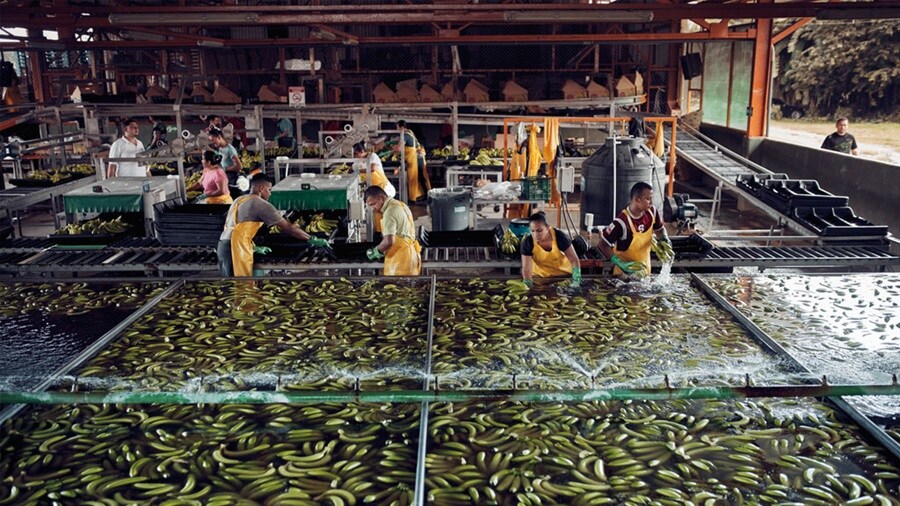
Diversification in Latin America:
Latin America, with its diverse markets and growing economic significance, has become a focal point for supply chain diversification. Companies are strategically expanding their operations with the regions to capitalize on local advantages and enhance resilience. From nearshoring manufacturing to leveraging specialized logistics services, Latin America offers a range of opportunities for businesses seeking to diversify their supply chains.
- Nearshoring in Latin America refers to outsourcing manufacturing processes to nearby countries within the same geographical region or continent. Latin America presents opportunities for businesses to diversify their supply chains.
When nearshoring in the region, companies can benefit from geographical proximity, reduced transportation costs, agility due to shared time zones, and cultural affinity. To learn more about nearshoring, click here.
- Refrigerated cargo support: Maersk provides specialized inland services for refrigerated cargo in Central America, the Andina region, and the Caribbean. This support ensures a broken cold chain for products like melons, mangoes, flowers, and avocados, benefiting producers and maintaining cargo quality.
- Warehousing and Distribution: It is important to have a logistics partner provider with a strategically located network of warehouses in Latin America who can offer cost-efficient distribution services, leveraging advanced technology and processes. Also, a partner who provides assistance and helps your businesses optimize their supply chains.
- Proactive planning and collaboration: By working closely with a provider that emphasizes proactive planning, diversification, and collaboration to minimize disruptions, your business can ensure continuity and customer satisfaction during critical periods such as the Chinese New Year or any possible disruption that can impact your supply chain.

Latin America serves as a promising region for supply chain diversification, but having the right logistics provider plays a vital role in supporting businesses across various sectors. Supply chain diversification is a strategic imperative for businesses worldwide, and the Latin American market is not the exception. By embracing resilience, innovation, and cost optimization, companies can navigate the complexities of global markets. Latin America, with its rich potential, serves as a promising landscape for diversification efforts. As organizations explore nearshoring, logistics partnerships, and compliance, they contribute to regions' economic growth while safeguarding their own supply chains. The journey toward diversified and robust supply chain networks is ongoing, but the rewards are substantial for those who adapt and thrive in this dynamic landscape.
Ocean updates
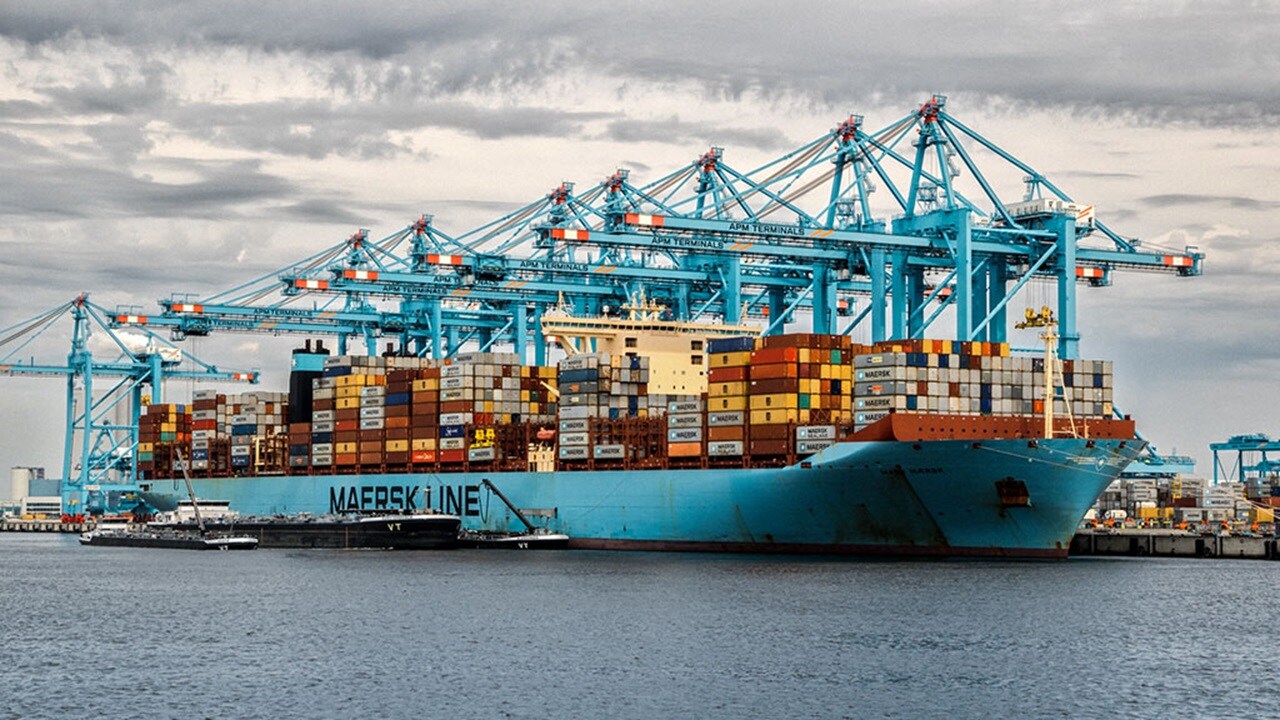
| Trade lane | Comments |
|---|---|
|
Trade lane
North America to Intra-Americas
|
Comments
AGAS Service: Baltimore is now open for bookings. |
|
Trade lane
West Coast to North America
|
Comments
CLX service remains in Pisco, offering a very competitive service into NAM. We travel 14 days to Philadelphia, which allows us to comply with Cold Treatment time requirements. Our Monday arrival also allows us to have a full week of fruit availability in the market. Atacama service will call Valparaiso starting on June 24th, reducing transit time to the US West Coast. |
|
Trade lane
Intra-America to Caribbean
|
Comments
Haiti will reopen for bookings effective July 1st; bookings will be subject to an Emergency Risk Surcharge.
|
|
Trade lane
Central America to North America
|
Comments
AGAS Service: Baltimore is now open for bookings.
|
|
Trade lane
East Coast of South America to Intra-Americas
|
Comments
As a consequence of strong market demand, services to West Coast South America, the Caribbean & Gulf, and the US East Coast are running full. Schedule reliability is still concerning for upcoming months due to congestion in the US and Caribbean rotation. .
|
Main port status
ECSA: The ports are being impacted by terminal congestion.
HUB: The ports are being impacted by dwell time, Yard Density, and terminal congestion.
NAM: Charleston is experiencing congestion due to ongoing construction; the other ports are being impacted by lineup congestion.
For the rest of the world there is no major impact by waiting time.
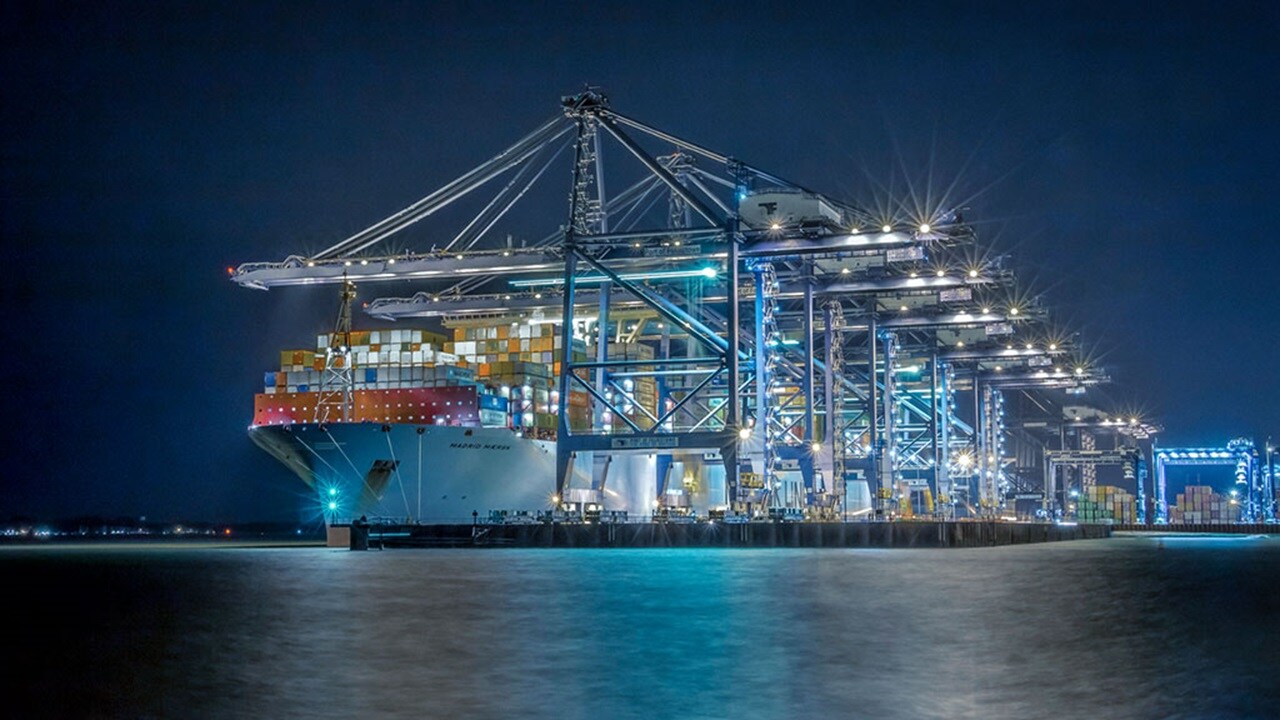
Port status
| Less than 1 Day | 1-3 Days | 4 - 7 Days | More than 7 days | |
|---|---|---|---|---|
|
Latin America
|
Less than 1 Day
CAC: No Waiting time Reported ECSA: Salvador, Buenos Aires, Montevideo, Port, Manaus, Suape, Pecem, Rio Janeiro, Imbituba, Sepetiba, Navegantes, Rio Grande, Zarate, Rosario, Mar del plata, Bahia Blanca, S Antonio Este, P Madryn, P Deseado, Ushuaia, Vitoria, VILA DO CONDE. |
1-3 Days
HUB: Balboa, Manzanillo-PA ECSA: Santos (Santos Brasil and BTP), Paranagua, Itapoa |
4 - 7 Days
HUB: Cristobal |
More than 7 days
|
|
Rest of World
|
Less than 1 Day
Asia Pacific: No Waiting time Reported NAM: Baltimore, Newark PNCT, Newark APMT, Norfolk, Philadelphia, Wilmington, Jacksonville, Port Everglades, North Charleston, Montreal, Halifax, Houston, New Orleans, Mobile, Tampa, Long Beach, Los Angeles, Oakland, Tacoma, Seattle, Vancouver, Prince Rupert, Dutch Harbor, Kodiak. |
1-3 Days
Savannah |
4 - 7 Days
Singapore, Miami, Freeport |
More than 7 days
Charleston |

Landside updates
Central America, Andina and the Caribbean Sea Area
Exporters from Guatemala and Honduras have successfully closed the melon season for 2024, with records of products exported successfully this year. Along melons, these two countries are also well known for their exports of fresh bananas and avocados, which, along with some other commodities, are expected to grow.
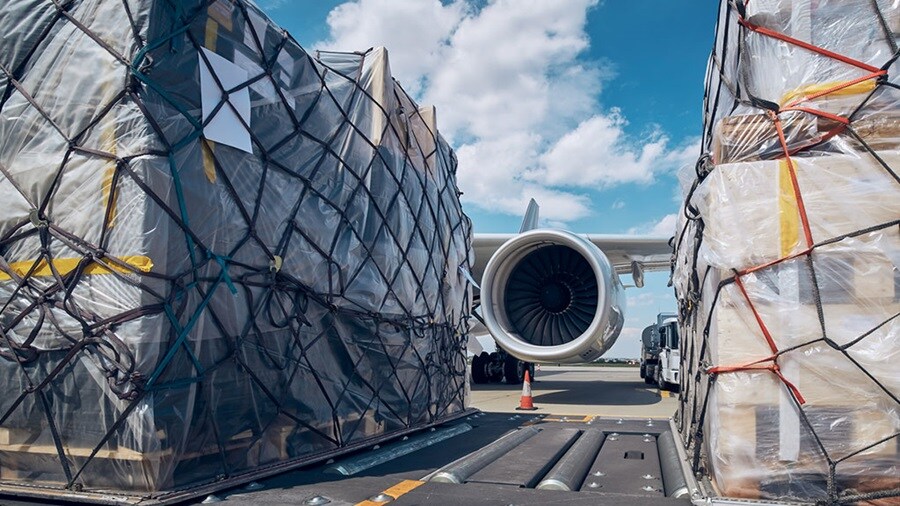
Air updates
Central America, Andina and the Caribbean Sea Area
The Mother's season has ended for Colombia perishables, and capacity is back to normal levels. For the rest of Central America and The Caribbean territories, supply is stable. Finally, the most fluctuating leg is Imports from Asia Pacific, where large demand has been causing constraints, meaning capacity is tight.
West Coast South America
Imports for WCSA are generally busier than usual due to the high demand for e-commerce. On Exports, some airlines rerouted their flights to other countries. The market is preparing for the upcoming fruit peak season.

Highlights
Maersk strengthens logistics presence in Colombia with new container logistics centre in Bogota
Maersk strengthens its presence as a logistics integrator in Colombia with the inauguration of a 44,000 m2 container logistics centre in the municipality of Tocancipa in Colombia to offer solutions to its customers.

Maersk recognized as a ‘Leader’ in the Gartner Magic Quadrant
Company recognized as a Leader in the 2024 Gartner® Magic Quadrant™ for Third-party Logistics for the third year in a row.
Useful links
To sign up for the Maersk Latin America customer newsletter, click here and update your preferences when prompted via email.
Check Maersk market updates from across other regions by clicking here.
Anything you need, we’re here to help
I agree to receive logistics related news and marketing updates by email, phone, messaging services (e.g. WhatsApp) and other digital platforms, including but not limited to social media (e.g., LinkedIn) from A. P. Moller-Maersk and its affiliated companies (see latest company overview). I understand that I can opt out of such Maersk communications at any time by clicking the unsubscribe link. To see how we use your personal data, please read our Privacy Notification.
By completing this form, you confirm that you agree to the use of your personal data by Maersk as described in our Privacy Notification.
